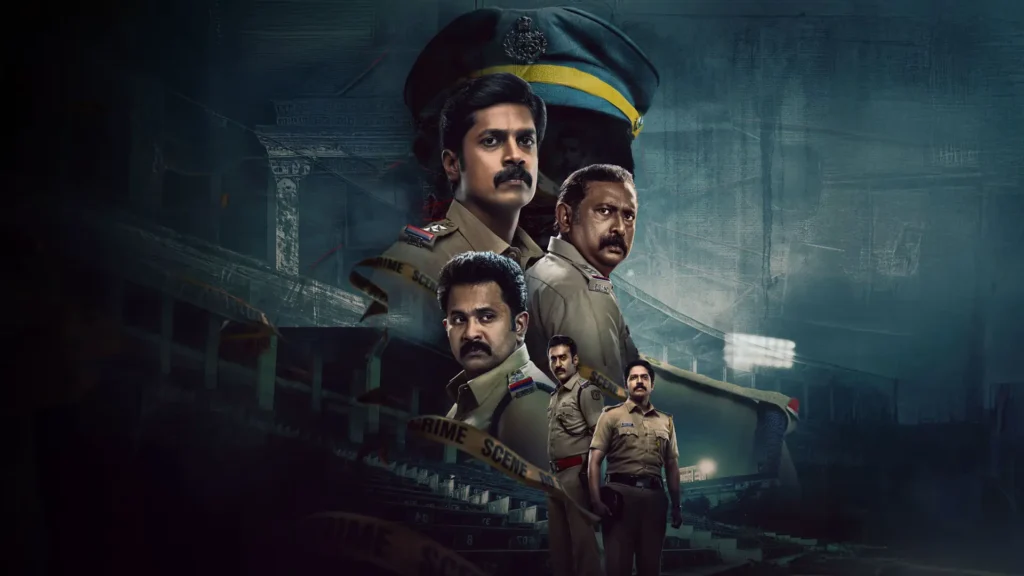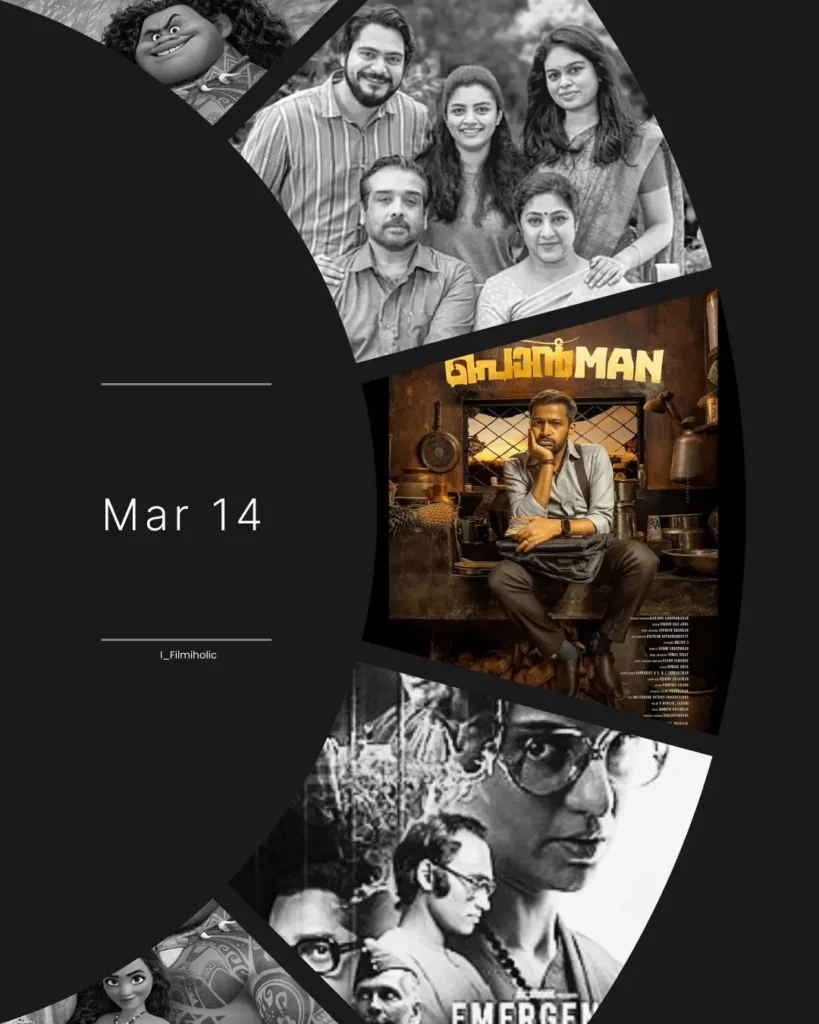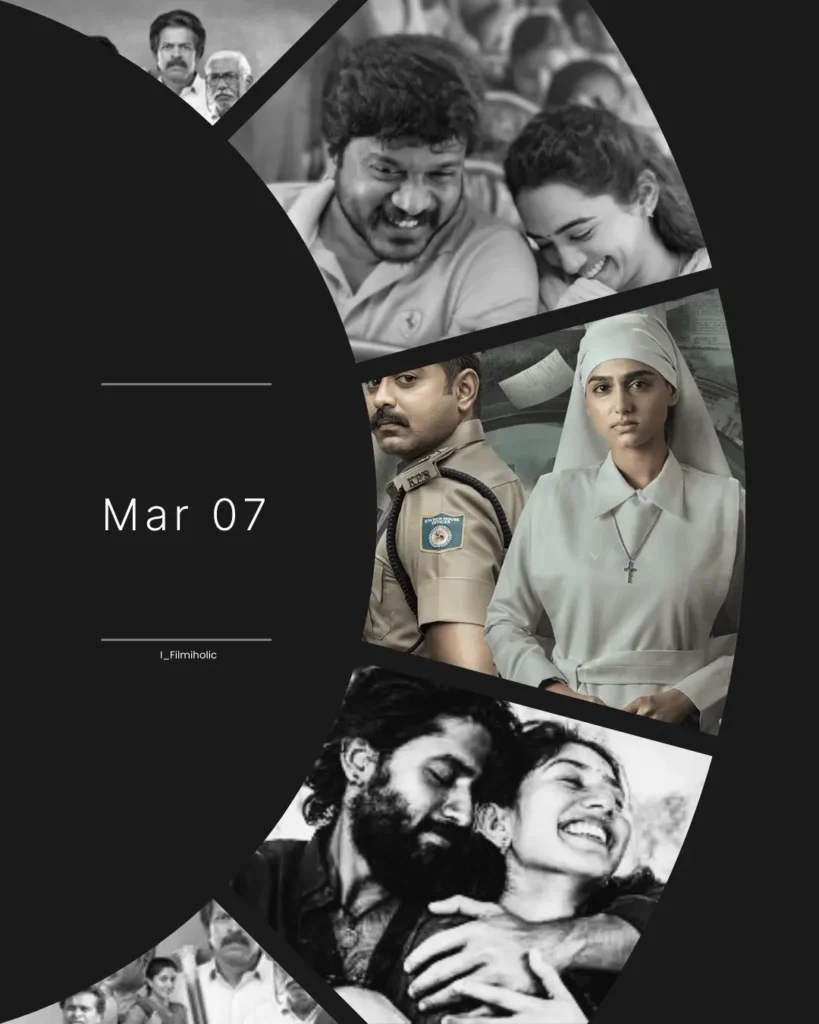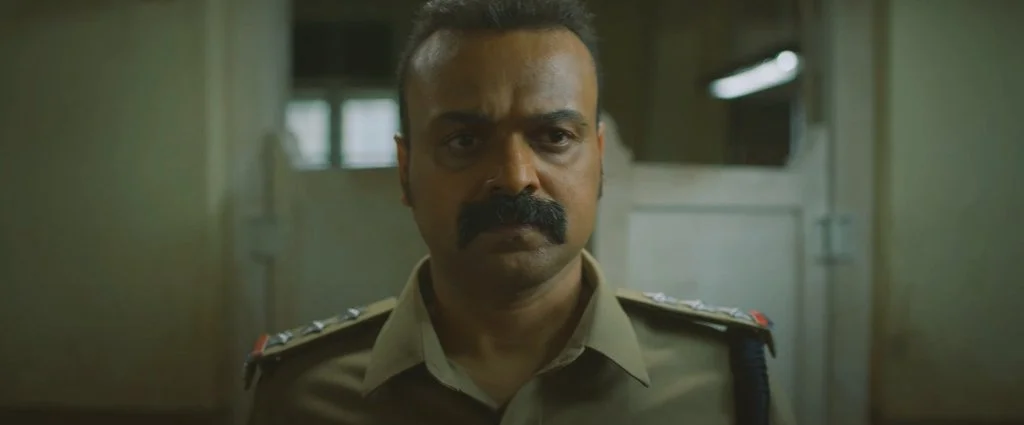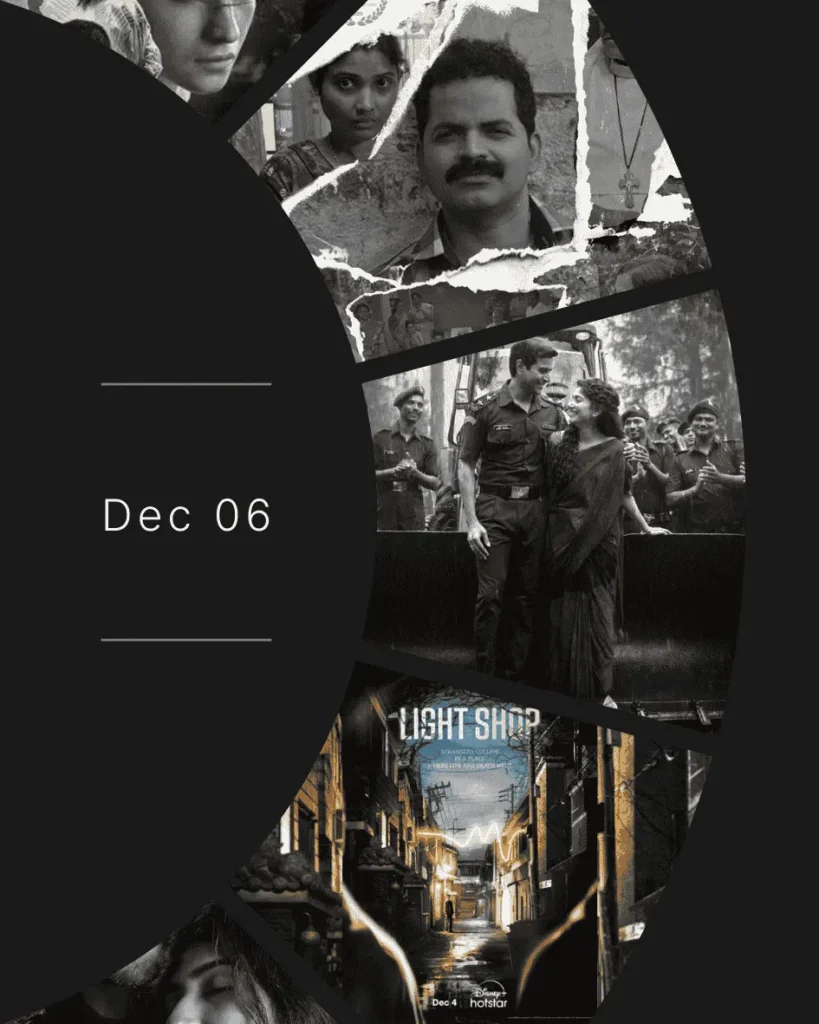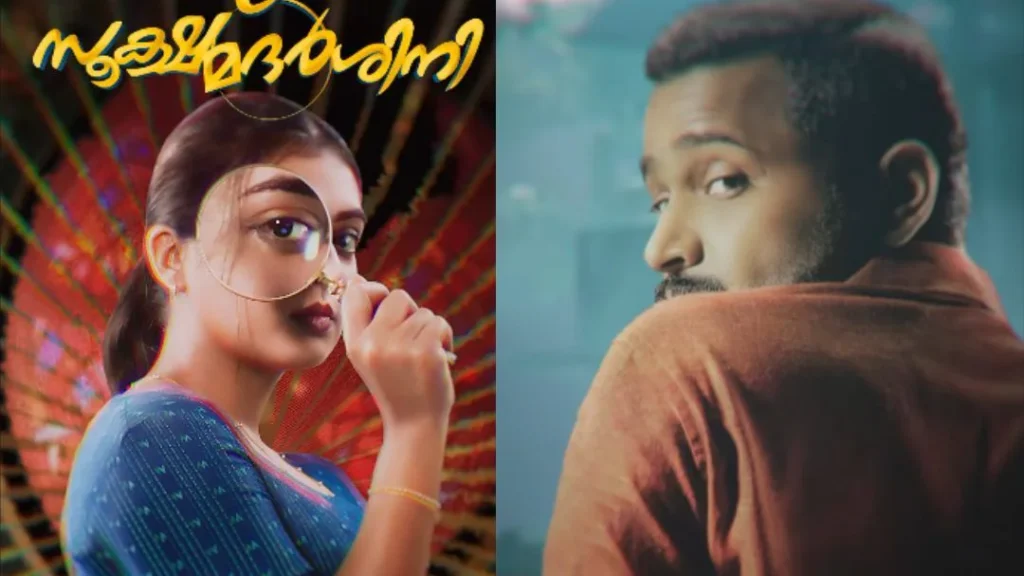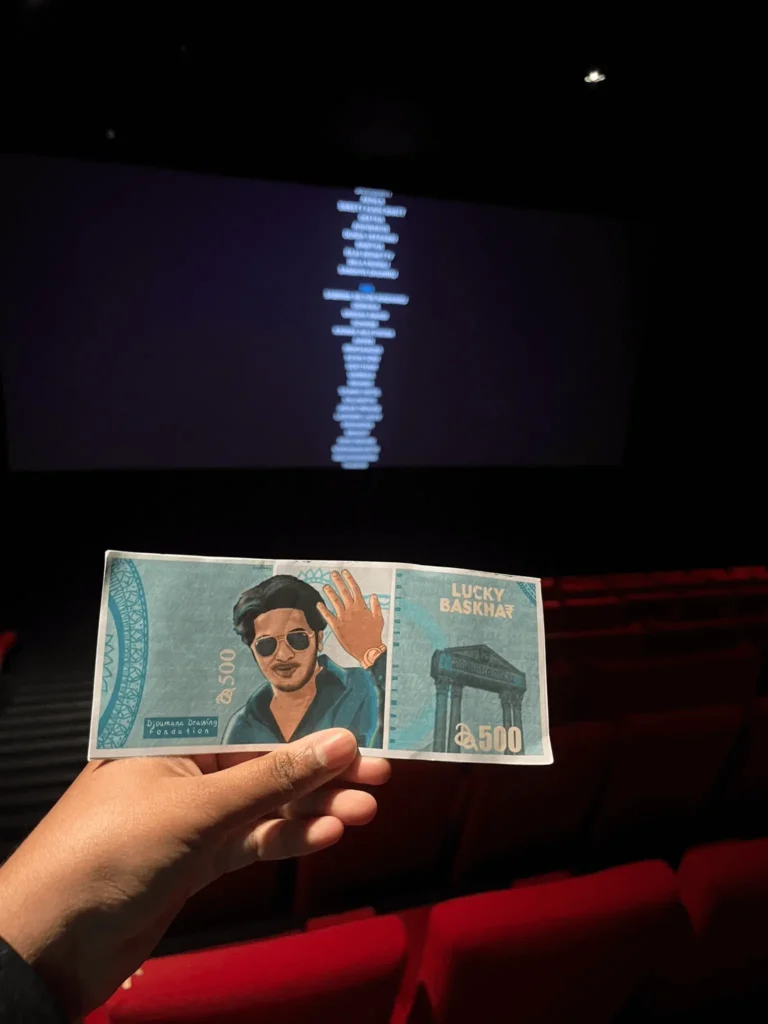The best thing about Kerala Crime Files Season 2, written by Bahul Ramesh and directed by Ahammed Khabeer, is its subtle treatment. This blog breaks down the Kerala Crime Files Season 2 ending scene by scene and explains the climax sequence and the true motive behind Ambili’s missing case.
Unlike most detective thrillers that follow the clichéd template of a long lecture at the end by the detective (which often makes you feel like watching only the climax would’ve been enough), this series does the opposite. Watching just the final episode won’t help you understand the story or solution.
⚠️ If you haven’t seen the web series yet, please don’t continue reading.
The Setup: Ambili, Ayyappan, and the Ring
Ambili is a CPO at a Trivandrum local station. He is a shady, corrupted police officer, but people respect him—mainly because he doesn’t accept bribes directly. Instead, he involves and supports criminals to avoid larger chaos. This is established in an early scene where he’s escorting an accused to court. The accused keeps abusing him on the way, but Ambili remains silent. Minutes later, a few goons enter the bus and assault the accused—showing Ambili’s quiet power.
Even Ambili paid the restaurant bill, showing his character integrity.
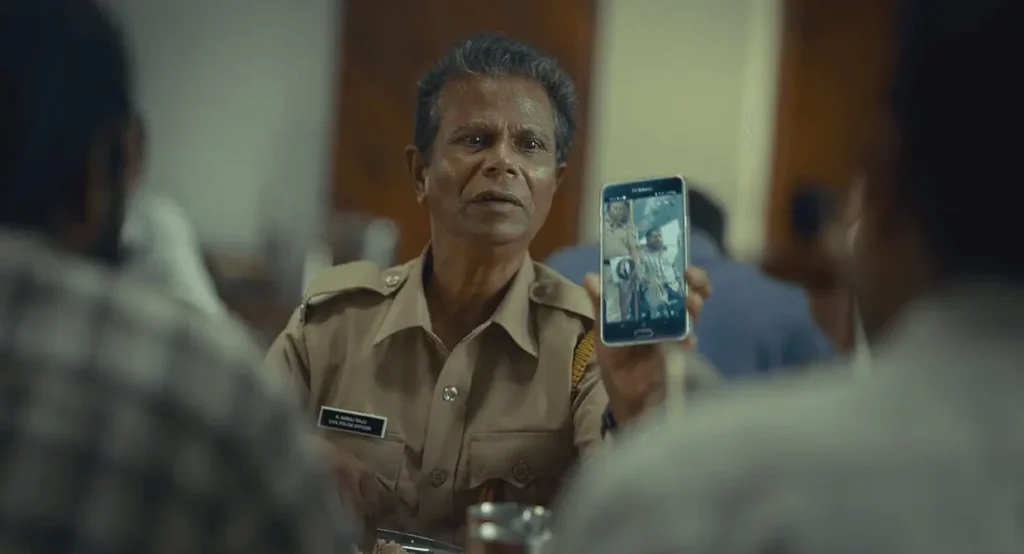
Ayyappan is a thief who loves animals. In the past, he met Ambili, who helped clear his charges and got him a job at a government dog shelter. Ambili even made him marry his own ex-wife.
But Ambili is a dominant personality. Though he helps people, he keeps them indebted. Ayyappan eventually realises this, and he even says that Ambili treats him like a chained dog—only unchaining him when he needs something done.
The Crime That Triggered It All
Ayyappan once mediated a quarrel between Mithilaj and Aji over a quarry issue. Mithilaj felt betrayed in the compromise. Seeing this, to compensate for that, Ambili connected him with two criminals from Kasaragod for a forgery attempt in Bengaluru.
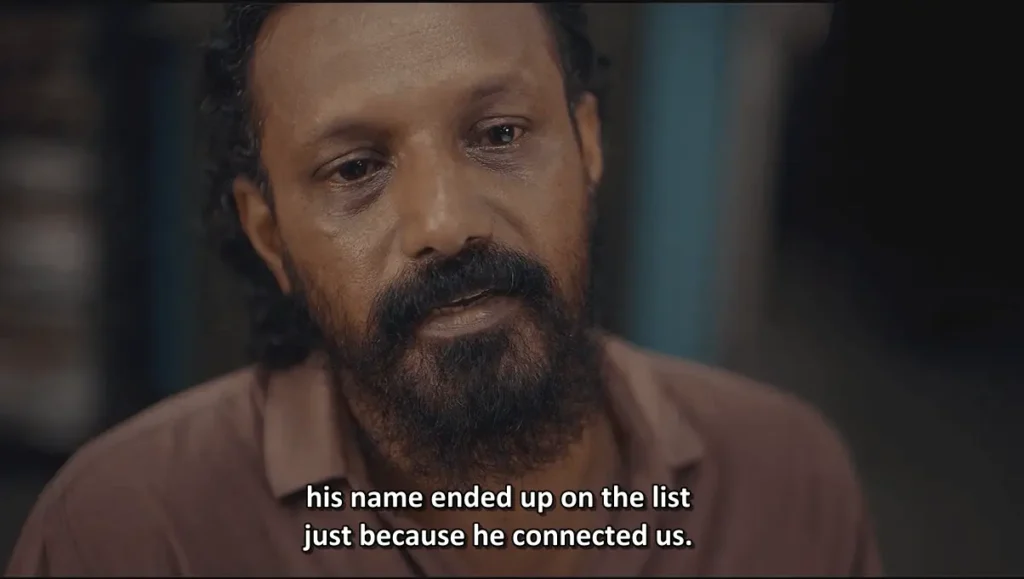
When Bengaluru police began their investigation, they traced the crime back to Kasaragod and arrested the two. They revealed Ambili’s and Mithilaj’s names. Now Ambili was trapped. The Bengaluru police demanded a ₹20 lakh bribe to remove their names from the records.
Ambili turned to Ayyappan for help.
The Dog, the Ring, and Jaismon’s Trauma
If you’re wondering who killed Ambili in Kerala Crime Files Season 2 and why the climax felt ambiguous, here’s a detailed scene-by-scene explanation.
Jaismon, the antagonist, appears properly only in episodes 1 and 6. In the rest, we see his childhood snippets.

Jaismon’s father, a mentally unstable petty thief, was also an animal lover. He once brought home a black dog—this dog is shown in Jaismon’s childhood flashbacks. Jaismon formed a deep bond with it. In one instance, when his father was bitten by a snake and no one dared go near him, it was the dog that stayed by his side as he died. This emotional imprint shaped Jaismon’s attachment to dogs.

Years later, Jaismon becomes a dog trainer. In one episode, we see his dog, Terry, suffering from Alzheimer’s and cognitive decline. During a museum inspection related to a robbery, Terry goes out of control, bites Jaismon, and accidentally swallows a pin and an antique ring.

The vet, suspicious, takes an X-ray and finds something odd alongside the pin. She checks the museum’s CCTV footage and begins to piece things together. Ayyappan, now working as the vet’s driver, assists her.

The vet decides not to operate due to the risk, leaving the ring inside Terry. But Ayyappan learns about the ring from the Vet doctor and informs Ambili.
What Was Ambili’s and Ayyappan’s Plan?
Ayyappan had already informed Ambili about Terry swallowing the ring. That’s why, in a key scene, when Ayyappan asks Ambili, “What should we do now?” Ambili responds, “You told me about it yourself.” It clearly shows that Ambili had already connected the dots and was counting on Ayyappan to do the job.
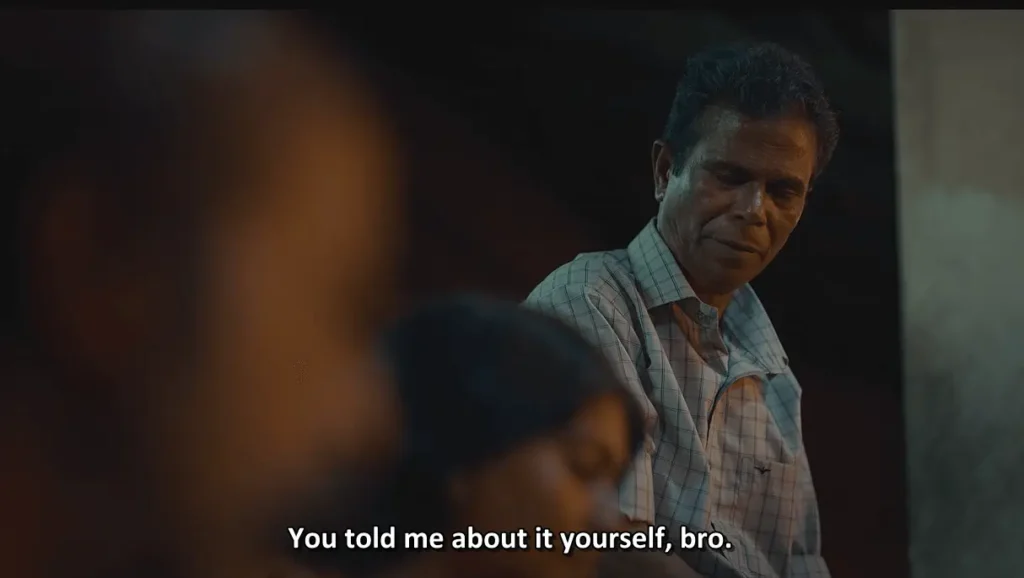
When Ayyappan mentions, “I have to go to Thrissur tomorrow,” Ambili immediately replies, “Exactly. Thrissur (Dog shelter) is where we need to do it.” — referring to the plan of killing Terry and retrieving the ring.
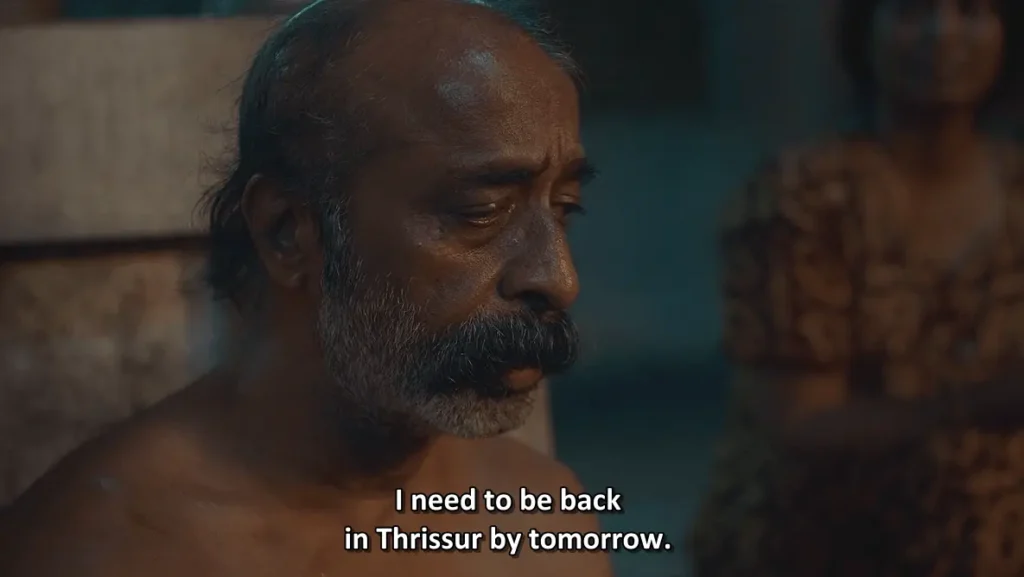
However, there’s a shift in Ayyappan’s tone. During their argument, Ayyappan says that everything he has done until now was out of will, but this time, he can’t — because he loves dogs.

This emotional hesitation is not random. Earlier, the director had already established Ayyappan’s bond with the animals in a sequence where he’s seen feeding dogs with visible affection and care.
The Betrayal
Desperate for the money, Ambili forces Ayyappan to kill the dog and retrieve the ring. Meanwhile, Jaismon gets approval to adopt Terry from the dog shelter. But the night before the adoption, Ayyappan kills the dog and takes the ring.
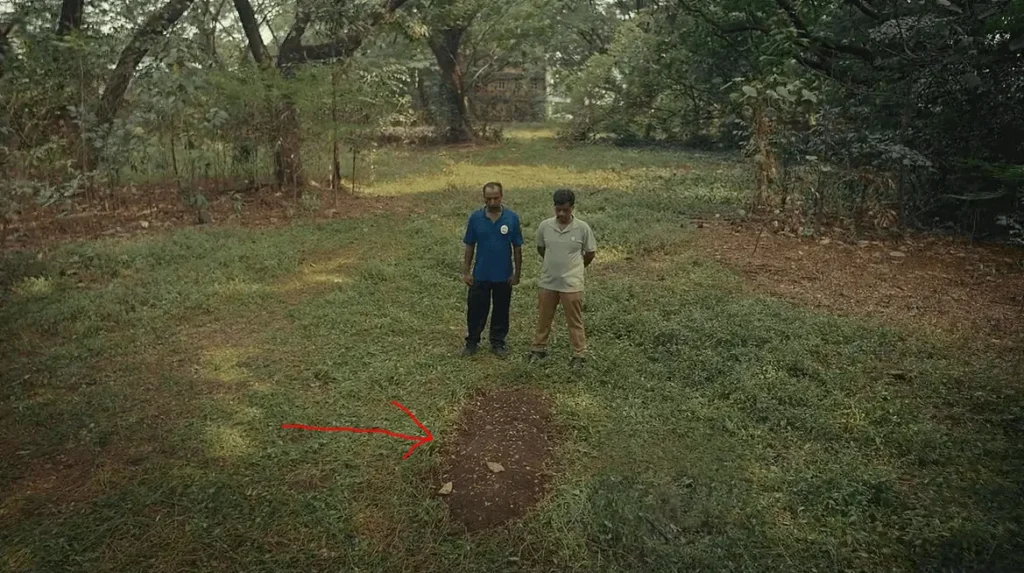
To cover it up, the authorities quietly bury the dog, listing it as a natural death. However, the vet reveals the truth to Jaismon.
Jaismon decides to take revenge.
The Disappearance and the Clues
Episode 6 opens with Aju Varghese (SI Manoj) narrating what happened next. Ayyappan sells the ring in Coimbatore and collects the money. On his way back to Kerala, he goes missing.
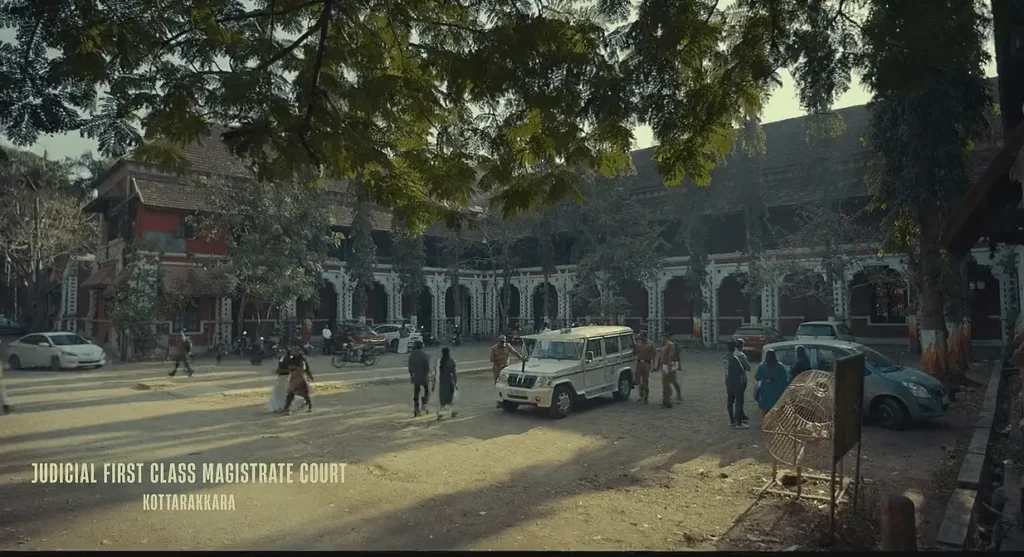
Ambili’s cybercell friend reveals that Ayyappan’s phone was active in Ernakulam between the 19th and 21st. On the morning of the 21st, the number was traced in Trivandrum—exactly when Ambili was there. Later that day, both Ambili and the phone signal moved to Kottarakkara, where Ambili had gone to escort an accused to court. After returning to Trivandrum, the phone’s location also shifted back. This matching travel pattern suggests that the kidnapper was closely tailing Ambili.
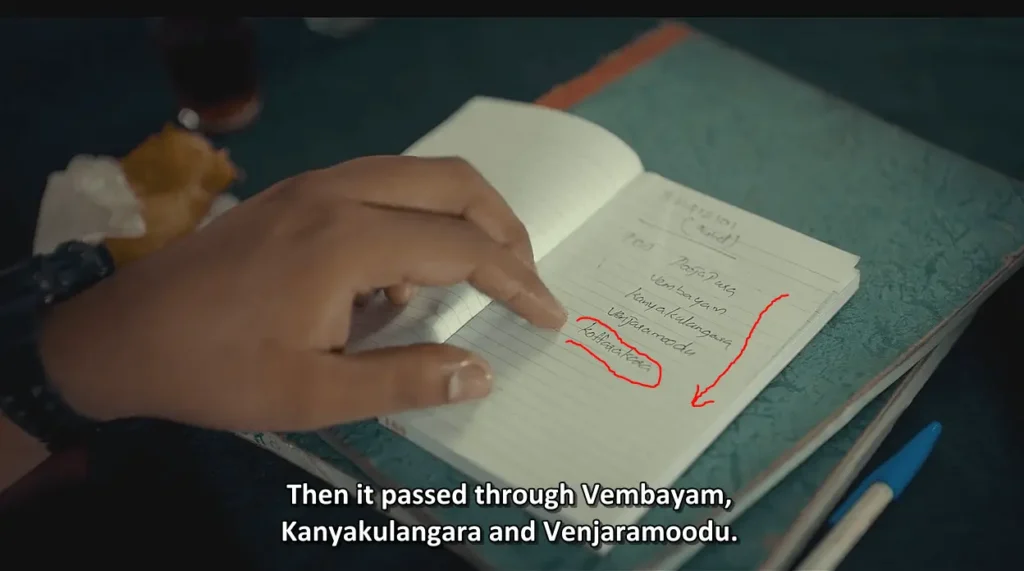
Ayyappan likely revealed Ambili’s name under pressure. Jaismon, posing as a friend of Ayyappan, might have handed over the money to Ambili to make the revenge plan believable. Ambili then passed the money to the Karnataka police, and that’s the same money recovered by Aju Varghese later during a patrol.
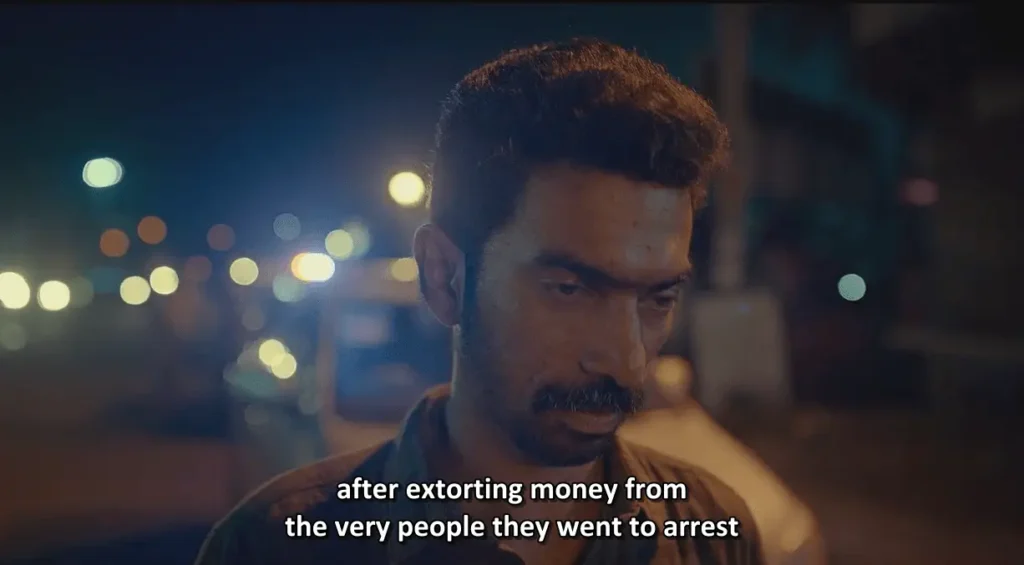
And from the Karnataka Police, Aju Varghese unveiled the motive behind Ambili and Ayyappan.
The Shocking Truth
Jaismon killed both Ayyappan and Ambili and fed their bodies to stray dogs near Central Stadium. The case takes a turn when a dog vomits a human finger, leading the police to investigate the area.
This is foreshadowed in Episode 5, where Aju Varghese casually mentions to CI Kurian about cases where bodies were disposed of by feeding them to dogs.

DNA testing confirms that the flesh and blood samples belong to Ayyappan and Ambili.
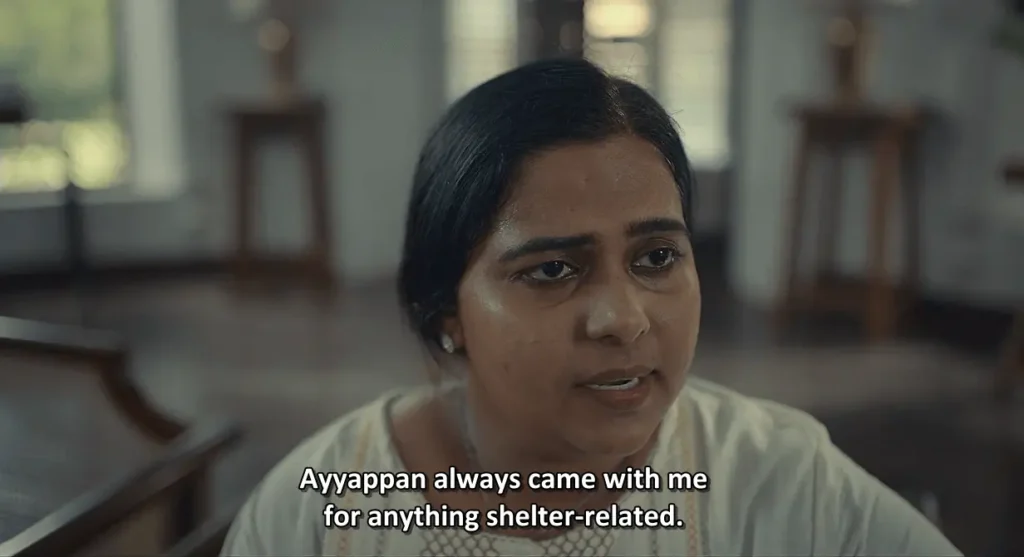
From the vet doctor’s & Jeo Baby (Dog shelter in-charge) confession, police identified the missing piece, why Jaismon killed Ambili and Ayyappan.
Why Didn’t the Doctor Report the Ring to the Authorities After Her Research?
This is a common doubt, but the show actually addresses it subtly.
When CI Kurian (played by Lal) asks her about it, the vet clearly explains her reasoning. Her priority was the well-being of the dog, Terry. The dog was already in a fragile state, and performing surgery in that condition could have been life-threatening.
She feared that any official report might lead to the government approving euthanasia for the dog, considering its health and aggression issues. So, she chose silence — not out of negligence, but out of compassion.
Also, it’s important to clarify that neither Ayyappan nor Ambili were involved in the museum robbery itself. That incident was carried out by a Bihari gang.
Kerala Crime Files S2 Climax Explained
When the police reach Jaismon’s home, we can see that the power is gone; then they find him hanging from a ceiling fan, and the fan is static. It looks like suicide. But when the power returns, the fan starts rotating, revealing the body is still warm, and he could be alive.
SI Noble acts quickly and saves Jaismon.
Lacking solid evidence, the police later planted evidence at Jaismon’s home to close the case.
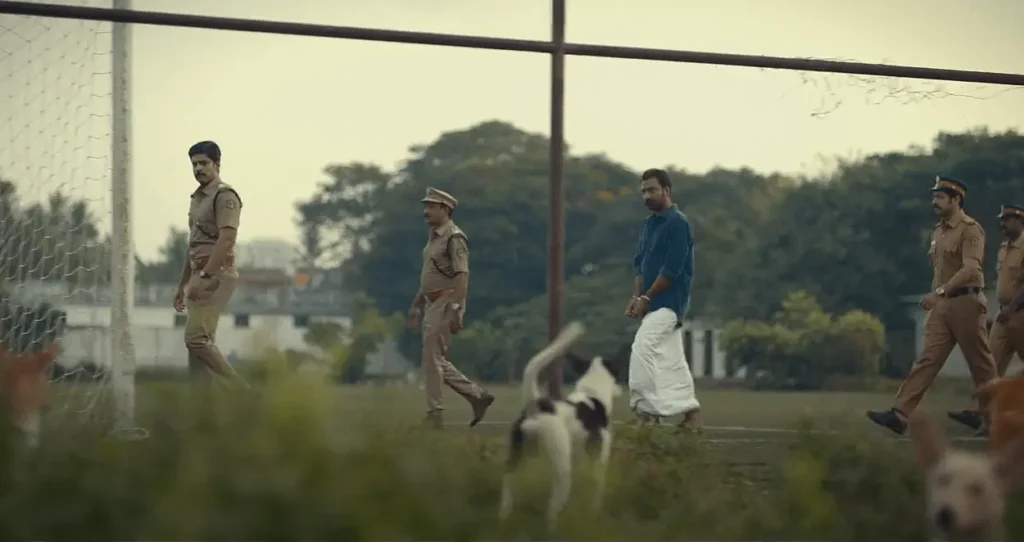
In the final moments, while police bring Jaismon to the stadium for evidence validation, the same stray dogs from the stadium area runs to him and shows clear affection. It’s a quiet but powerful visual cue—subtly confirming that Jaismon was indeed present there and had fed the bodies to the dogs. A show-don’t-tell approach, but enough to close the loop for attentive viewers.

